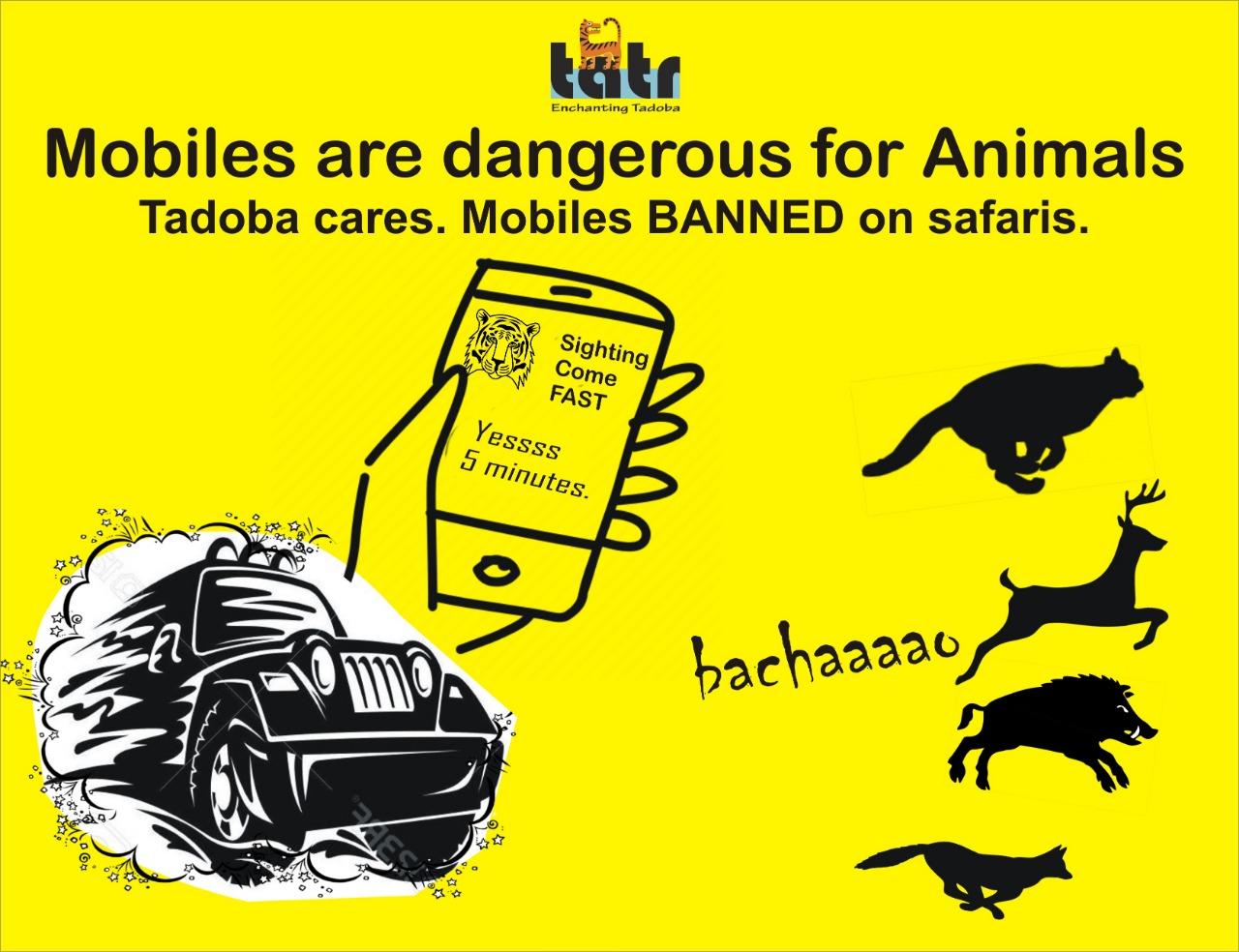As a responsible traveller, it is important to think of the repercussions of one’s ac. Here’s how cell phones, while a boon to humans, can be a bane to Mother Nature!
#NoGeoTags and #SecretPlaces Help Protect Wildlife
Social media is a great place to shout out, “Look what I did this vacation! Look what I saw!” With technology and connectivity being the way they are today (think Instagram’s geotagging feature) it’s easy to tell the world where you are and what you are doing instantly. The temptation to do so can be even stronger if you are one of those travellers who like to take the road less travelled – when you come across exquisite natural beauty or a hard-to-see animal.
As a responsible traveller, it is important to think of the repercussions of what you do. These repercussions aren’t limited to ‘leaving no traces’, living in eco-lodges or supporting local economies; albeit they do help. Geotagging sensitive locations in your pictures can encourage hordes of tourists to visit the location, which can in turn disturb the very essence of what these tourists are flocking there to seek – the wilderness and its scenic beauty.
The issue gets serious when people aren’t prepared for what the location holds with many deaths reported because of tourists putting them into perilous situations to capture the ultimate selfie. According to a study published in the Journal of Family Medicine and Primary Care, the highest number of deaths due to dangerous selfies from October 2011 to November 2017 occurred in India, followed by Russia, the United States and Pakistan.
Human fatalities aside, unregulated tourists can also destroy eco-sensitive zones. A good example is that of Kaas, a UNESCO World Natural Heritage Site near Satara in Maharashtra where the karvi flower blooms and attracts masses of tourists every year due to its easy accessibility. There have been reports of people trampling over the very plants they have come to see and littering the area with garbage making environmental groups appeal for better regulations. A more serious incident logged in the same area was that of a fire possibly caused by a cigarette butt.
Geotagging features on social media apps or even your camera add your GPS location to the metadata embedded in your pictures or videos. This can have grim repercussions where endangered species are concerned. Poachers have moved with the times and “cyberpoaching” has become a very real threat. Allowing them access to your metadata (as unintentional as it may be) can put those very animals you admired in grave danger. Some South African parks have alerted tourists to this danger by putting up signboards along fences asking them to turn off the geotag function and not to disclose where they took the pictures.

Image Courtesy - Tadoba-Andhari Tiger Reserve
National Parks in India, too, are taking this threat seriously. Recently, the Tadoba-Andhari Tiger Reserve (TATR) banned mobile phones completely in its core and buffer zones. Anirudh Chaoji, Biologist TATR, says “In the race to locate the glamorous mammals, drivers, guides and also tourists have been using mobiles extensively in many forests to call each other to the ‘location’. This means that vehicles over speed through the forest- putting at risk the safety of tourists and also wildlife.” This isn’t a case of the Forest Officials being over-cautious; Mr Chaoji continues, “A Japanese lady had lost her life when her speeding vehicle overturned inside Tadoba a few years ago”.
The National Tiger Conservation Authority (NTCA) has expressed similar concerns regarding geotagging after a video of a melanistic tiger in Simlipal Tiger Reserve went viral, stating that such pictures should not be circulated on social media. How this will be enforced remains to be seen.